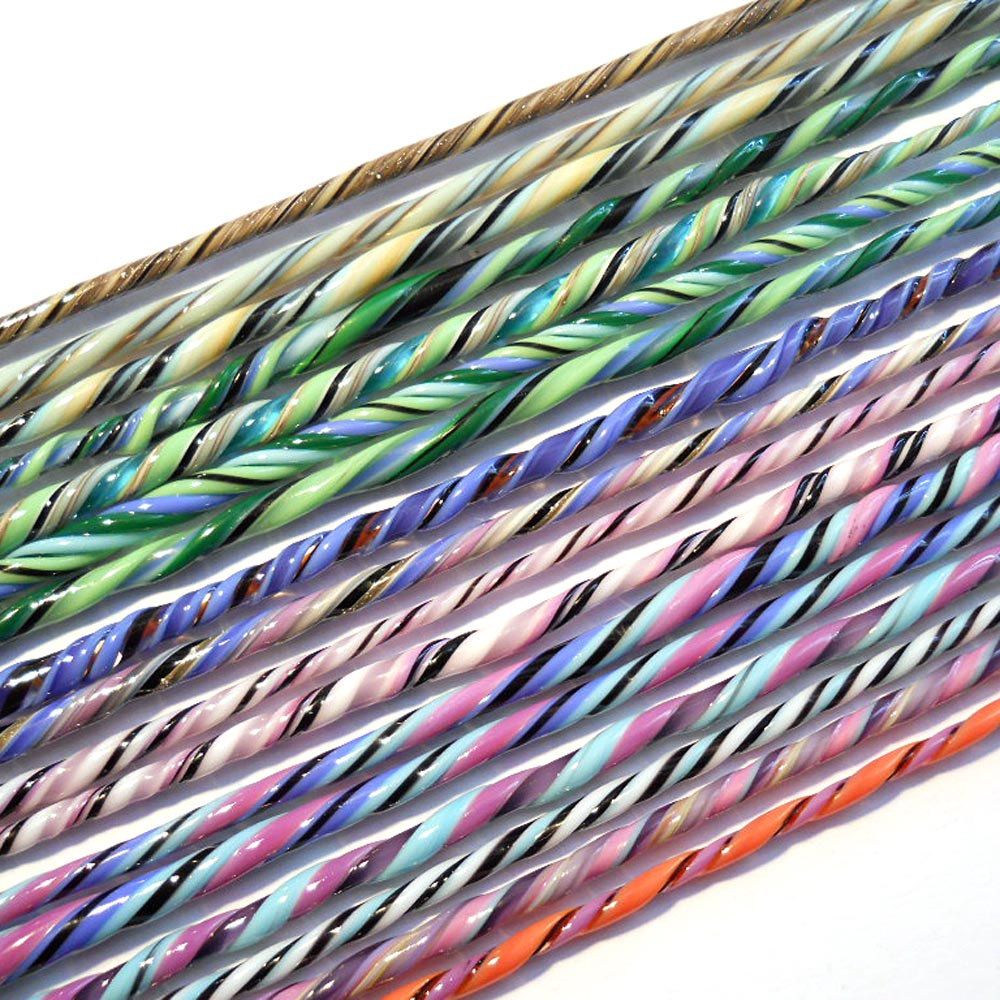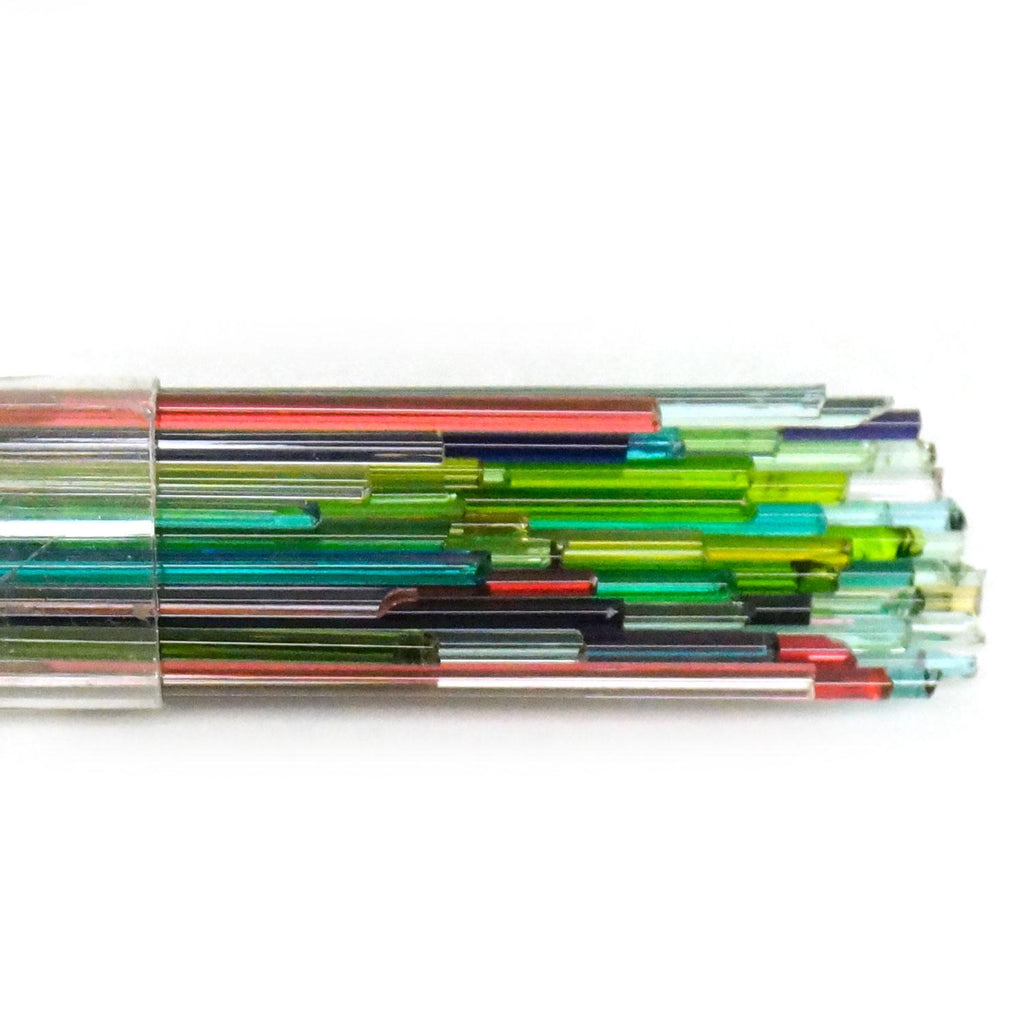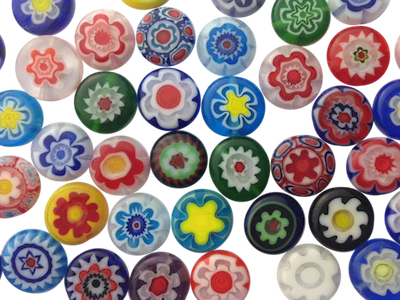Dichroic glass is a type of specialty glass that exhibits two different colors when viewed from different angles. The glass is coated with a thin layer of metal oxides, which creates an interference effect that causes the glass to appear to change color as the angle of view changes. The colors seen in dichroic glass are not just reflections of the surroundings, but are actually inherent in the glass itself.
In the world of art glass, dichroic glass is prized for its unique color-changing properties and is used in a variety of ways to create visually striking and distinctive pieces. Glass artists use dichroic glass to create jewelry, decorative objects, lighting fixtures, and other art glass pieces that incorporate the color-changing effects of the glass.
For example, dichroic glass can be used to create beautiful and intricate jewelry designs, where the different colors of the glass are used to enhance the overall look and feel of the piece. In larger art glass pieces, such as sculptures and panels, dichroic glass can be used to create complex and multilayered compositions that incorporate the color-changing effects of the glass into the overall design.
In order to create pieces using dichroic glass, glass artists must have a strong understanding of the properties of the glass and how to manipulate it to create the desired effect. The process of making dichroic glass is complex and requires a high degree of technical expertise and precision, which makes it a premium material that is used in high-end and custom art glass applications.
Overall, dichroic glass is an important and versatile material in the world of art glass, allowing glass artists to create visually striking and unique pieces that incorporate the unique color-changing properties of the glass.



